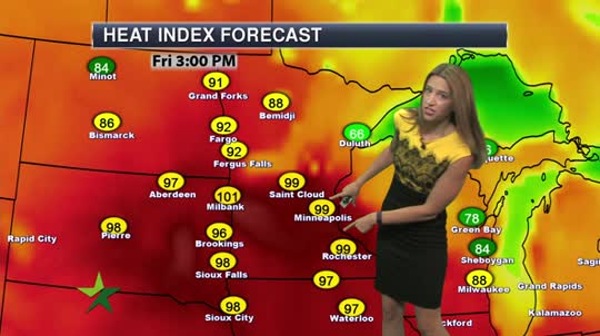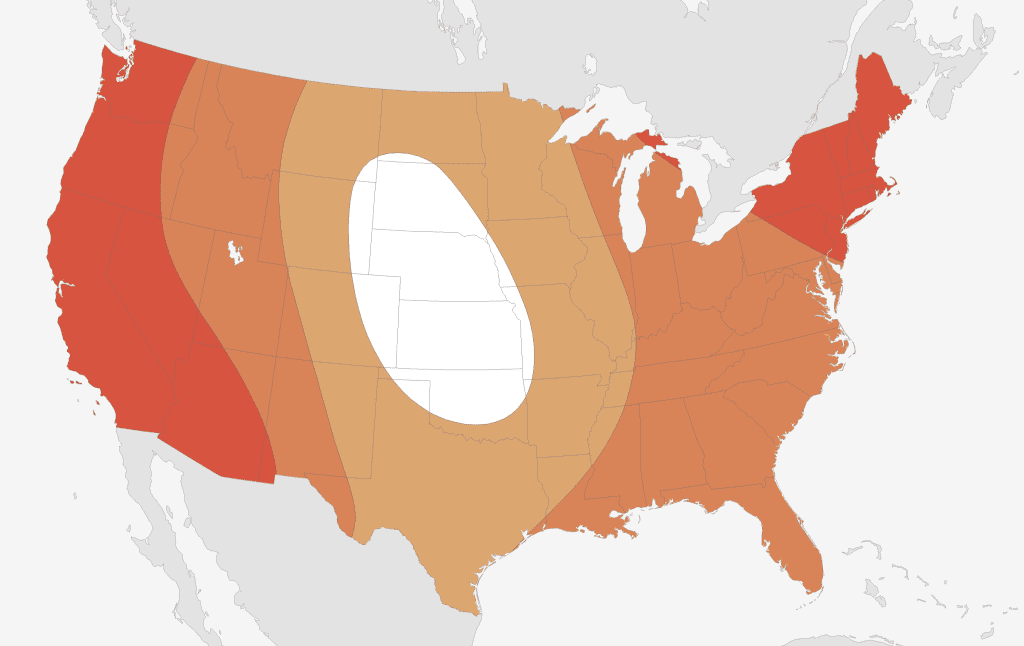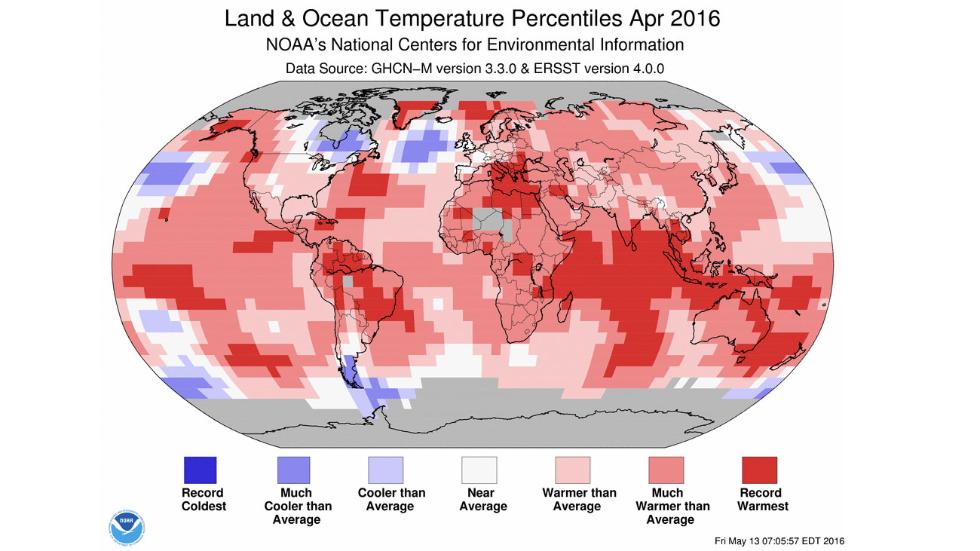Protecting Employees During Extreme Heat Events
Did you know that extreme heat events (EHEs), or “heat waves,” kill more people in the United States than hurricanes, earthquakes, lightening, and floods combined?
Protecting Employees During Extreme Heat Events Read More »











